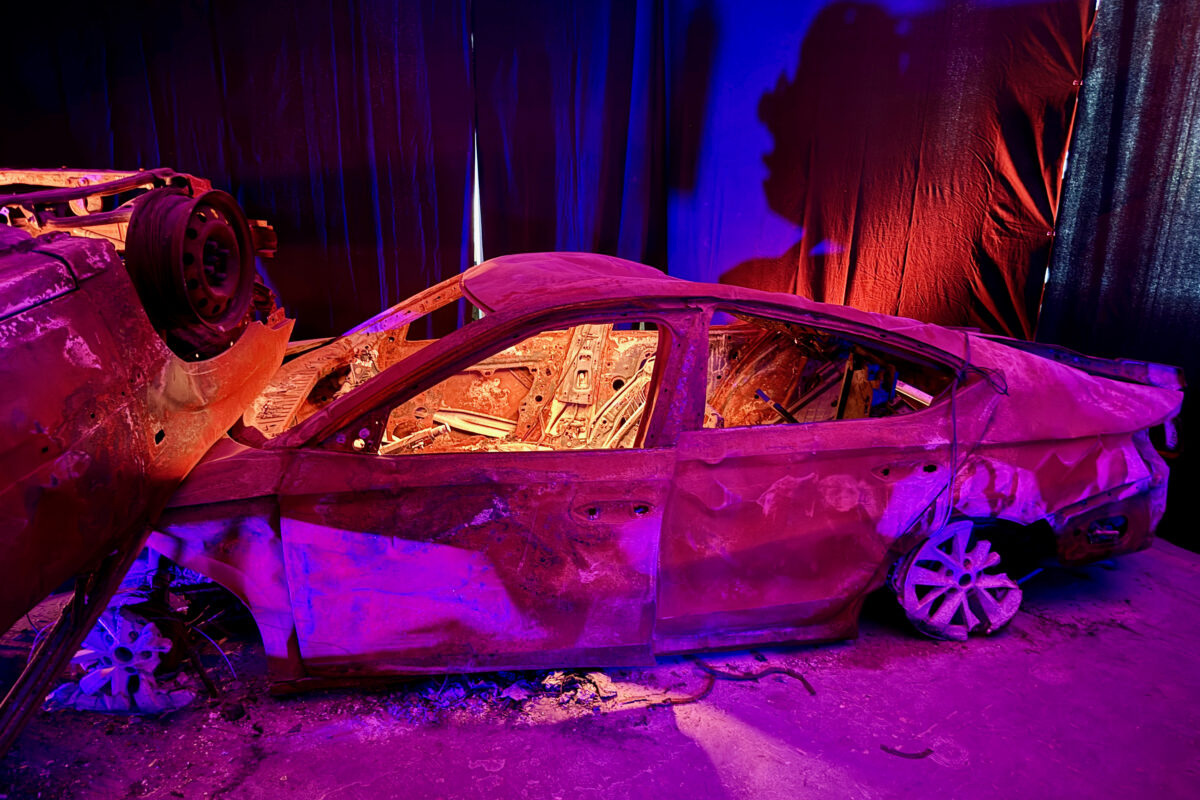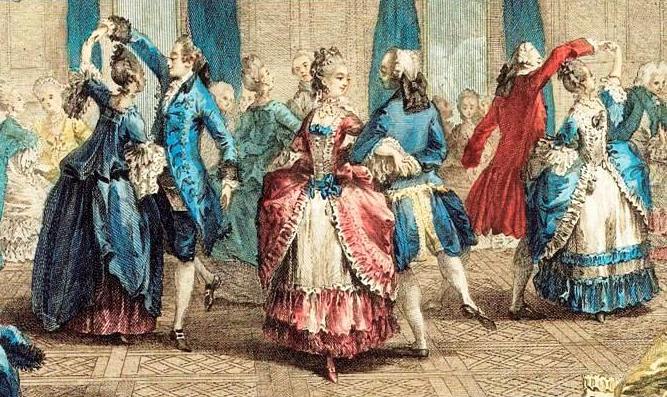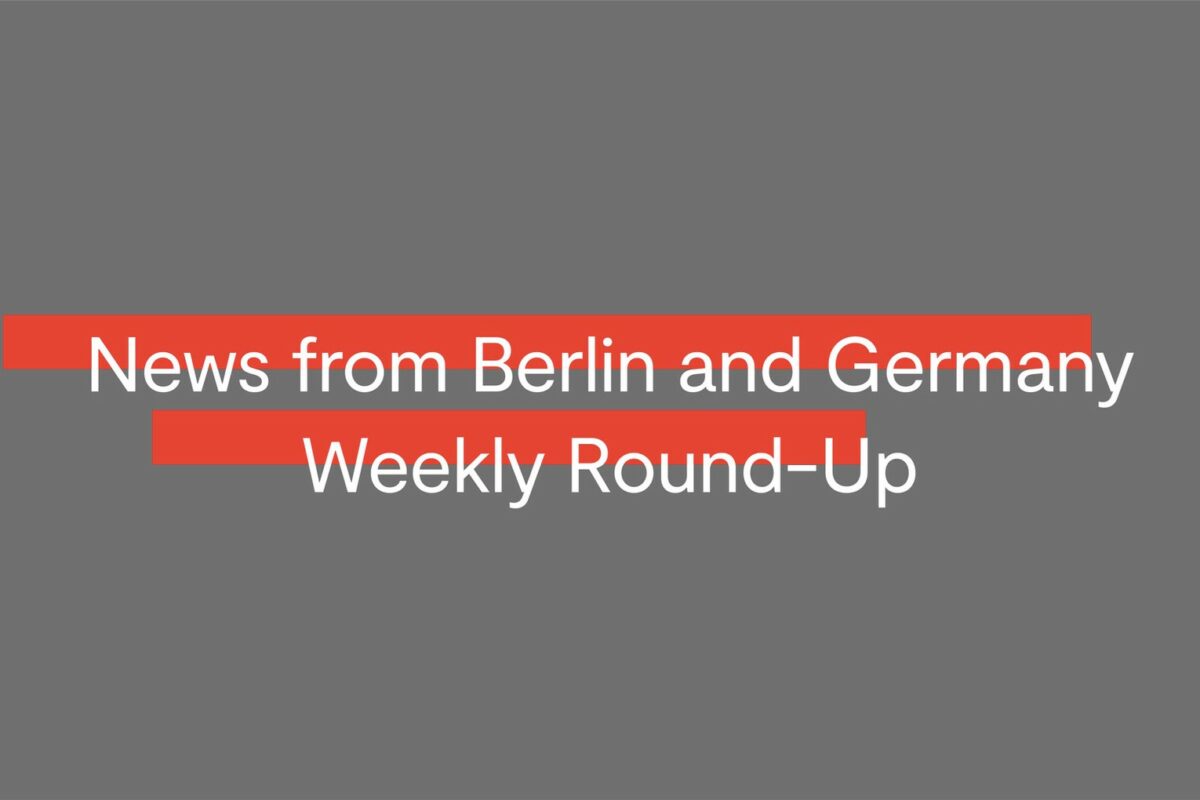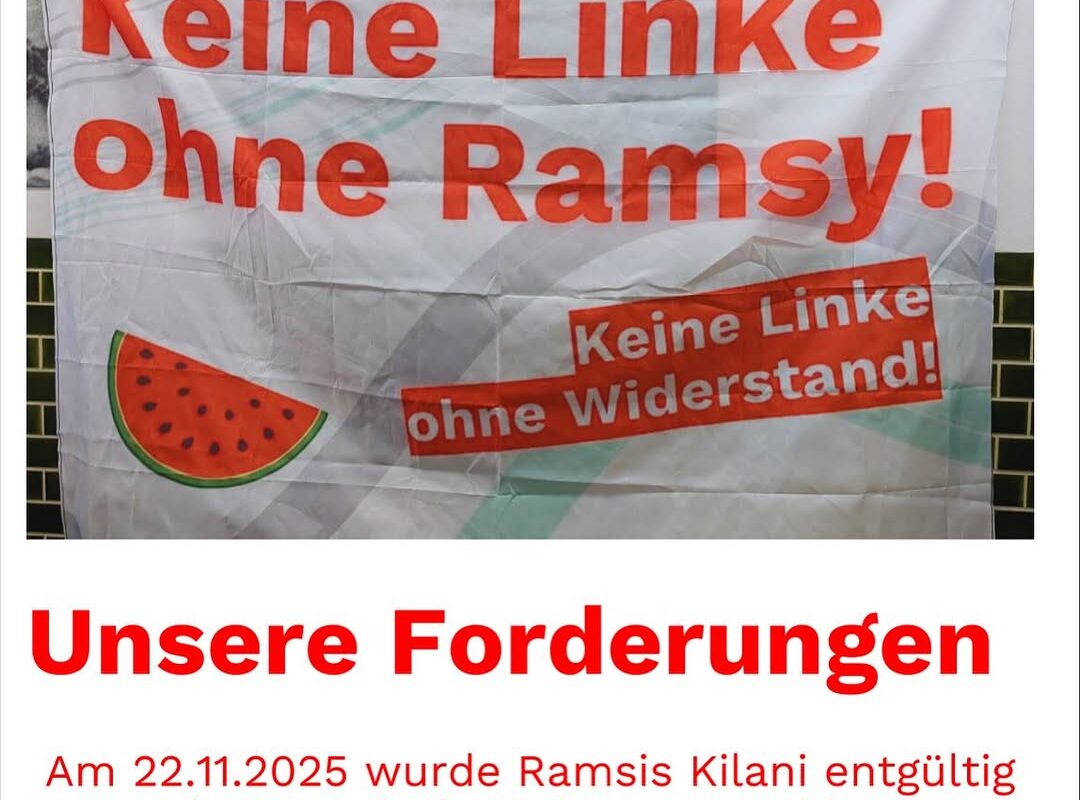It takes a long time to enter the exhibition at the former Tempelhof Airport, even though it’s quite empty just two days after opening. The square in front of the huge Nazi building is fenced off. You have to pass by police officers, security guards, and Hebrew-speaking men in trench coats. Online tickets and photo IDs must be checked before a meticulous screening with a metal detector.
And you still haven’t made it into “Oct 7 06:29am, The Moment the Music Stood Still, The Nova Music Festival Exhibition.” That is the full name of the traveling show that Berlin mayor Kai Wegner (CDU) brought to Berlin for 1.4 million euros. Before entering, you have to watch a five-minute film about the dance festival near the Gaza border, with young people recounting their euphoria. As the sun rises on October 7, the DJ suddenly turns off the music and shouts “Red alarm!”
Only then do you pass through a black curtain into a cavernous, darkened hall full of party lights—the atmosphere is less like a memorial and more like “the Haunted Mansion ride at Disney World,” in the words of Emily Colucci.
A neon sign saying “Restaurant” is barely visible—this was once an airport. But now the space is full of objects that were left behind when fighters from Hamas and other Palestinian groups attacked the festival: tents, Christmas lights, clothing, burned-out cars, and sand on the ground. During the attack, 378 Israelis were killed, including 344 civilians, and 44 were taken prisoner.
Among the curated debris, screens show gruesome scenes captured in shaky cell phone videos. In the darkness—didn’t this all happen in the morning?—there is a cacophony, with people screaming over the techno hit “Glue” by Bicep. Some people were mowed down while cowering in bunkers. How many of them were killed by the Israeli army has not been established, as the Netanyahu government continues to block any independent investigation.
Many of these video and audio clips are well known from traditional and online media. A bulldozer tears down a barbed wire fence as people cheer. Who built this fence, and for what purpose? Who was trapped here? The exhibition not only ignores the context, but actively hides it.
A map shows where dead bodies were found, but a region marked in red on the map has no name. An introductory text refers to the armed fighters as “angels of death,” but there is no attempt to explain what they were fighting and murdering for. As the author Naomi Klein put it, the exhibition, which has already been in several Israeli and U.S. cities, tells a “simple fable of good and evil.” Immersive techniques help visitors slip into the role of victims. As Colucci put it, it’s a “macabre nightmare version of an Instagram museum.”
For Klein, this form of commemoration, which aims to overwhelm rather than provoke reflection, cannot be separated from Israeli politics. Shoes from the Nova festival are laid out on a table—a clear callback to the Auschwitz memorial cannot be missed. If the massacre were indeed a repeat of the Holocaust, then absolutely any reaction would be justified. But was it?
Klein proposes a completely different analogy: “History is crowded with chapters in which Indigenous peoples, starved and immiserated by colonial oppressions, finally rebel, with those rebellions at times including atrocities.”
The attack of October 7 could be compared to the uprising by the Herero in German South-West Africa in 1904, which began when Herero fighters massacred more than 100 German settlers, including women and children. The German government used this to justify the genocide of the Herero and Nama peoples. Any attempt to commemorate these settlers or the German soldiers without mentioning the context, as a politician from the far-right AfD did in Swakopmund, would look suspiciously like genocide denial.
In an interview in the magazine The Diasporist, Ben Ratskoff, professor of critical theory in Los Angeles, drew attention to a particular difficulty in a German context: “non-Jewish Germans—the beneficiaries of Nazism and the Holocaust—can, through experiencing the exhibition, in fact imagine themselves as a Jewish victim.”
Two politicians from the CDU’s far-right fringe, Wegner and Culture Minister Wolfram Weimer, were present at the opening. Their party was built by Nazi war criminals like Hans Globke. With the help of technology, even they can slip into the role of victims. Thus, responsibility for Antisemitism no longer lies with the Nazi billionaires who fill the CDU’s coffers, but rather with foreign barbarians. Even the Nazi airport can thus be symbolically whitewashed.
The exhibition could have stopped on the afternoon of October 7. But it becomes grotesque when it shows the survivors getting sports therapy and benefit concerts.
We see the effects of the attack on them—were there no other effects worth mentioning? The Nova festival has been used to justify countless Israeli war crimes, including killing at least 70,000 Palestinians and wounding hundreds of thousands more.
As is always the case with Germany’s Staatsräson, empathy is only offered for certain lives. A wall, stretching for dozens of meters, shows the faces of 378 dead Israelis. How long would a wall need to be to show the faces of over 1,000 Palestinian babies under one year old who have been murdered? How long would a wall for all the victims of the genocide have to be?
The state plans no exhibitions to commemorate Palestinians who have been killed. Quite the opposite: on the day the exhibition opened, Wegner’s police were beating up pro-Palestinian demonstrators. The heavily armed men in black uniforms, brutally assaulting young people, seem almost like “angels of death.” But everything has a political context.
This text was first published in German in nd. It was translated by the author, who made numerous small additions. Nathaniel is currently among the freelancers on strike at The Berliner magazine due to management’s decisions to run ads for the Nova festival exhibition.
Red Flag is a weekly opinion column on Berlin politics that Nathaniel has been writing since 2020. After moving through different homes, it now appears at The Left Berlin.




